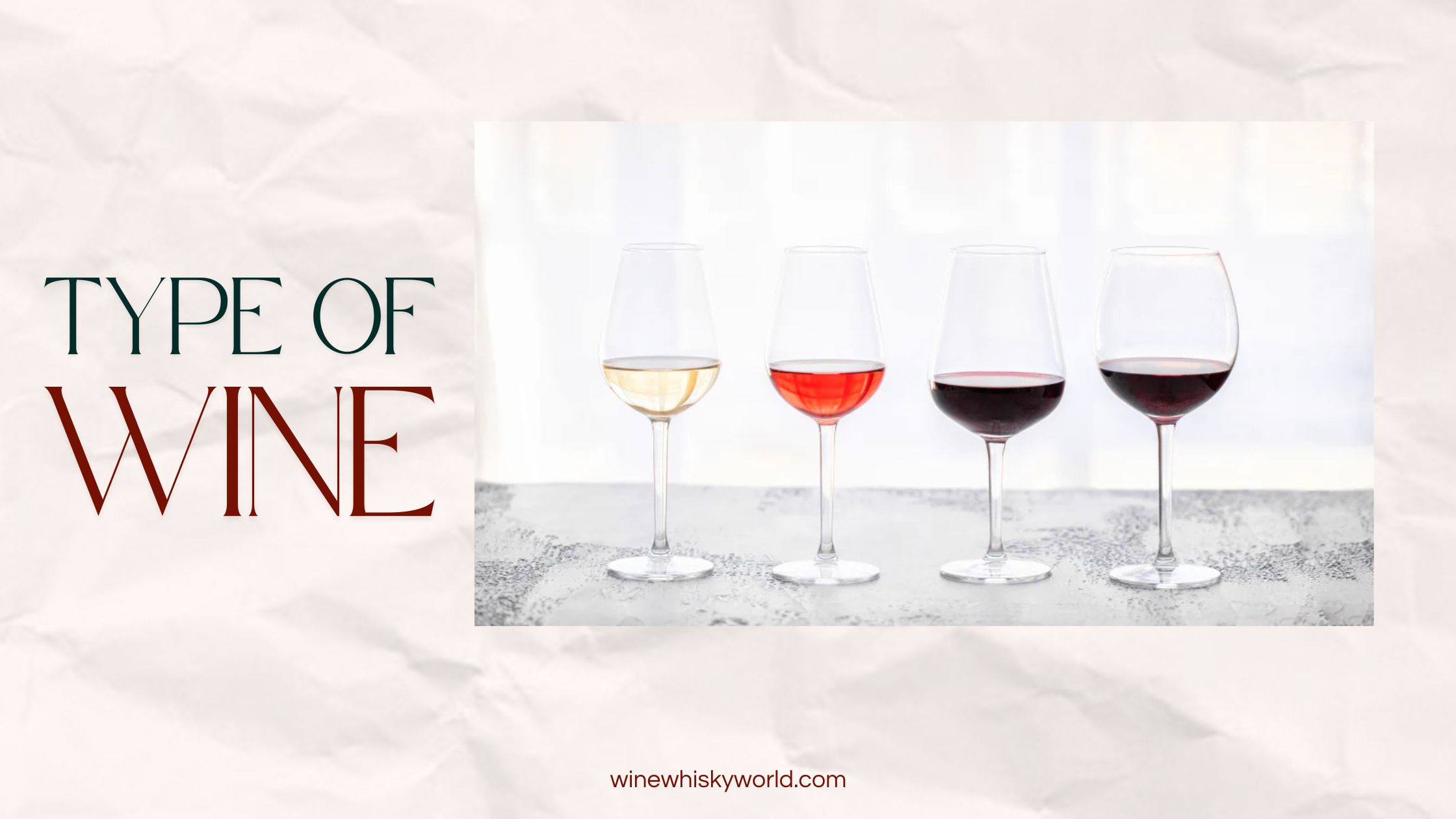History of Whisky: From Monastic Roots to Global Fame
2025-06-03


Wine has long been revered and valued as an alcoholic beverage across cultures around the globe for millennia, enjoyed for its delicious variety of aromas and complex tastes that appeal to wine enthusiasts worldwide. Aside from being enjoyed for its rich taste alone, wine may provide health benefits when consumed moderately as well.
In this guide, we will investigate what wine is and its various forms. Furthermore, this guide provides insight into its many healthful attributes as well as proper wine drinking etiquette to maximize your experience with vinous delights.

Wine is produced from fermented crushed grapes, which have been fermented by yeast converting the sugars in the grapes into alcohol. It is influenced by varieties of grapes, climate, soil, and techniques of winemaking.
These grape wines are the most common, but this is not an exhaustive list of fruits that can be fermented into wine; using apples, plums, and cherries for wine fermentation is equally possible. It should be noted, however, that traditional wines are mainly from Vitis vinifera grape varieties.
Wine comes in various varieties, each offering their own distinct qualities and preferences. By understanding them better, you'll be better equipped to select one for every event and situation.
Red wine is made by fermenting dark-hued grape varieties using grape skins as part of its fermentation process, creating its distinctive hue and rich tannins. Common red wines include:
Health Benefits:
White wine is typically composed of green or yellow grapes that undergo fermentation without grape skin inclusions, creating a lighter hue with crisper flavors and more delicate hues. Some popular white wines include:
Health Benefits:
Rose wine is produced by leaving red grape skins to remain in contact with red grape juice for an extended period, producing a pink-hued wine with vibrant fruit aromas and flavors such as:
Health Benefits:
Sparkling wine is an effervescent wine produced through secondary fermentation that captures carbon dioxide gas, thus providing its signature fizz. Popular types include:
Health Benefits:
Fortified wine is strengthened with added spirits like brandy, giving it a higher alcohol content and longer shelf life. Examples include:
Health Benefits:
.jpg)
Wine, especially red wine, possibly has a beneficial implication as long as one drinks it moderately. Some key things to that beneficial implication, as follows:
While wine may offer these benefits, excessive consumption can lead to serious health issues, including liver disease, heart problems, and an increased risk of certain cancers.
Drinking wine is not just about consuming alcohol; it’s about savoring the experience. Here’s how to drink wine the right way:
Swirl the wine in your glass with delicate love. Then take a deep sniff to identify fruity, floral, earthy, or oaky notes.
Take a small sip and let it coat your palate. Notice the balance of acidity, tannins, and sweetness before swallowing.
Wine is more than a drink; it's an experience steeped in tradition and craftsmanship. From red and white wines, sparkling and fortified varieties all boast distinctive flavors as well as potential health benefits, yet proper consumption remains key to enjoy the full potential of each type. By understanding how to consume wine responsibly you can elevate your experience and incorporate wine drinking into a joyful part of everyday life.
Cheers to wine enjoyment the right way!